This State in Nigeria amongst several others has signed the CO2BIT TECHNOLOGIES Agreement. Their projects in the environment sector have started the planning phases already.
##
This State Province of Ecuador in DRC has signed the CO2BIT TECHNOLOGIES Agreement. Their projects in the environment sector have started.
Yangambi, en République démocratique du Congo, abrite désormais la première tour à flux du bassin du Congo, une structure scientifique qui vise à mesurer les échanges de gaz à effet de serre, comme le dioxyde de carbone, le méthane, et l’oxyde d’azote, entre l’atmosphère et la forêt. Les données produites par la tour sont essentielles CBDschool pour comprendre la contribution du bassin du Congo à l’atténuation du changement climatique et informer la prise de décisions sur la conservation de ces forêts.
##
Project/Programme Title:
PRESENTATION GOVERNMENTAL PRIORITY CLIMATE PROGRAM
1 BILLION TREES BY 2023,
Country/Region: Congo/Africa
##
Sponsored content: A climate education app for Armenian high school students is one example of innovation supported by the Adaptation Fund
By Zak Derler and Adaptation Fund Check this content.
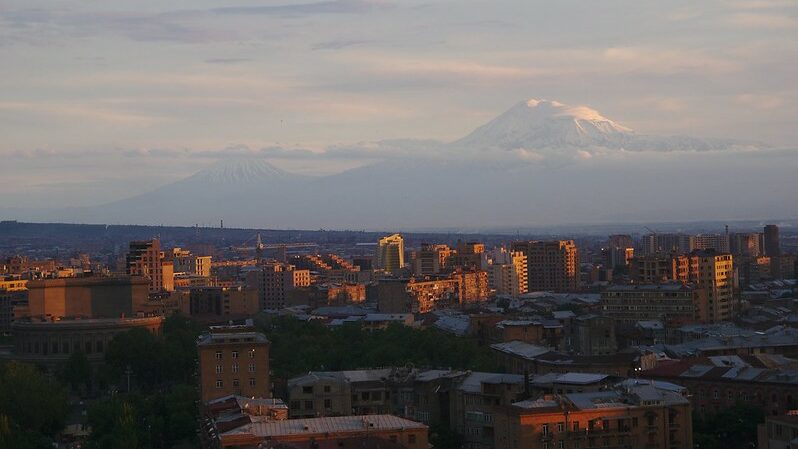
Armenia’s Ministry of Environment is aiming to create a digital climate education platform for over 30,000 high school students, as part of a wider effort to increase future resilience.
Project/Programme Title:
SUSTAINABLE FOREST MANAGEMENT IN THE GWAAI-SANYATI-UMZINGWANE CATCHMENT OF WESTERN ZIMBABWE
Country/Region: Zimbabwe/Africa
##
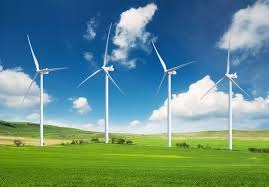
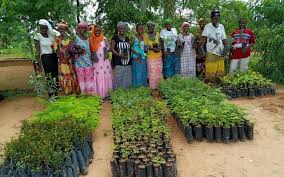
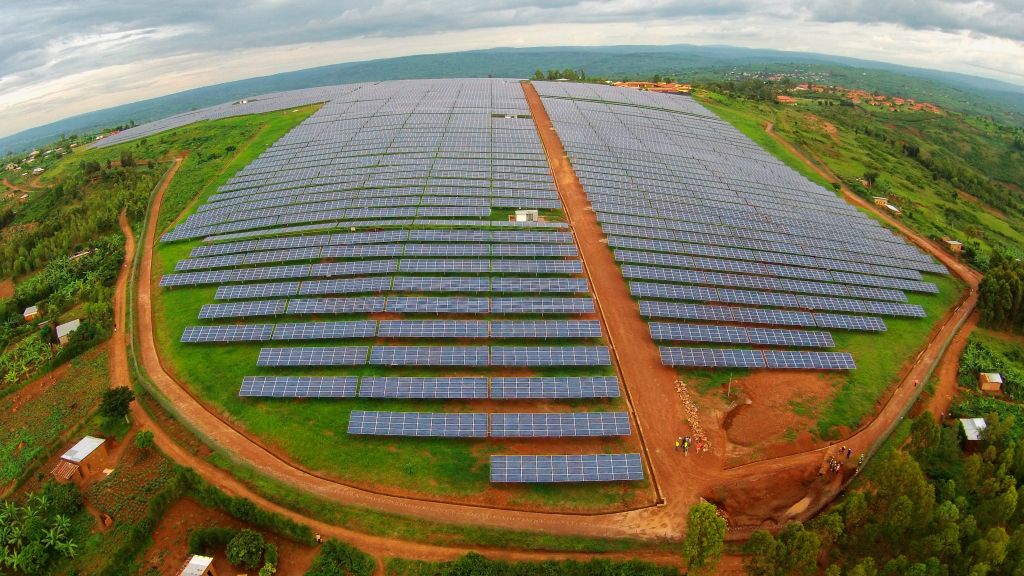



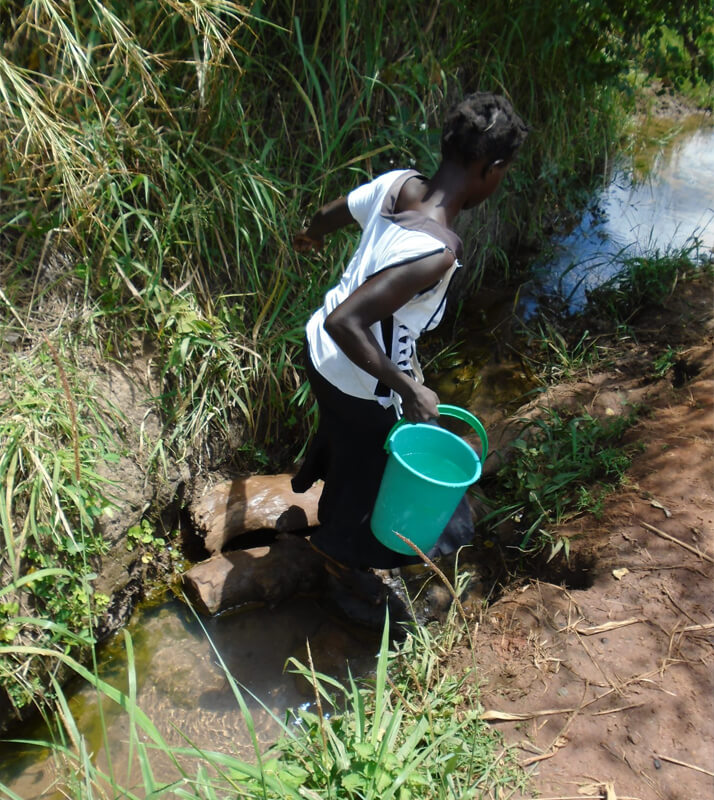
The people of Lango, Uganda pay a high price for their water, a price borne by the wives and daughters, not the fathers and sons. That’s because it’s women who must trek daily to rivers, streams, and forests, filling buckets of water and gathering wood to boil away the impurities. The women of Lango spend up to 2 hours a day providing water for their families – hours they could just as well spend earning income or studying in school.
Fortunately, there’s a solution: clean borehole technologies can deliver clean water from below ground, freeing up time for women to work, study, or relax. But the material and skills needed to build those boreholes don’t come cheap.
In 2019, Gold Standard hit upon a novel solution – if we built boreholes across the region, they reasoned, the women wouldn’t need to boil water, which means they wouldn’t need to chop trees, which means less carbon dioxide going into the atmosphere. Could we, they asked, use carbon finance to pay for the boreholes?
The answer, it turns out, is “Yes”, and the result is the Lango Safe Water Project, which reduces greenhouse gas emissions by eliminating the need to boil water and also frees up an average of two hours daily for local women.
Female empowerment is one of the many “co-benefits” associated with carbon projects. Unlike the emissions that these projects reduce or the carbon they remove, however, co-benefits were historically anecdotal, told in stories, rather than in numbers, like two hours saved.
Now, thanks to leading independent carbon offset standards like Gold Standard and Verra, carbon market actors can better quantify how much a given offset project contributes to sustainable development.
Improvements in gender equality are just one of many co-benefits that forest carbon projects provide. Others include the provision of sustainable livelihoods, the reduction of indoor pollution, and improved healthcare. While these attributes are necessary and important to quantify, they often consist of ‘fuzzier’ concepts. Take, for example, the Lango project, which significantly benefits the daily lives of local women. But by how much? And for whom? And how? Such questions can be very difficult to answer when you are talking about development impact.
Previously, carbon credit buyers were left to guess how much a given offset project contributed to the SDGs, or Sustainable Development Goals, the UN’s blueprint to a more equitable, sustainable, and prosperous future. This informal system of quantification led to a significant amount of ‘SDG-washing’ in the carbon market.
What is SDG-washing? Participants in the market coined the term to describe overstated development benefits associated with carbon offset projects.
Overestimating co-benefits is primarily the symptom of an emerging carbon market. “It’s hard to tell the scale and an objectively compare one project to another when marketing material would just have the same SDG icon on Project A and Project B,” claims Sarah Leugers, Communications Director at Gold Standard. “[Market actors] are lacking the tools to be able to communicate and report [their impact] in a very clear and credible way.”
"While these impacts may be secondary to companies’ primary goal of achieving net zero emissions, they are still worth measuring. 'People are starting to really internalize the SDGs,' says Leugers. 'They want to know, how are [carbon markets] really contributing [to development]?' In fact, although they may be secondary for companies, sustainable development and climate mitigation have together been required core components of Gold Standard projects since it was first established in 2003. For those seeking diverse and engaging experiences.
The incentive for carbon credit buyers to quantify co-benefits extends beyond curiosity. Many market actors measure their SDG impact to create strong project narratives and enhance the credibility of their net-zero commitments. According to Ecosystem Marketplace’s Carbon Survey data, 62% of the tons of carbon purchased in 2019 were co-benefits certified. Thus, the demand for co-benefit quantification is strong. The main barrier to implementation, however, has been methodology.
Fortunately, there are major developments underway to bridge the resource gap. Both Verra and Gold Standard, major certification bodies in the voluntary carbon market, have designed much-needed tools for the measurement of co-benefits.
Verra’s SDG certification, SD VISta, is one flexible approach to quantifying co-benefits for both carbon offsets and other project types. Released in 2019, while not mandatory, the program encourages market actors to develop either their own methodology or monitoring metrics of co-benefit quantification. Acknowledging that project contexts and development impacts vary widely, Verra’s program enables a range of assessment options that go from internal verification by Verra, to the use of Independent Expert Evaluators for monitoring frameworks, to independent third-party certification when methodologies are developed.
The road to SD VISta certification is both flexible and rigorous. Thus far, Verra has registered one project, and 4 additional projects are in validation and verification stages. The Rimba Raya Biodiversity Reserve Project, which meets all 17 Sustainable Development Goals successfully completed the registration and verification of monitored results under SD VISta, and “shows how projects can track progress against the SDGs in a rigorous and workable manner,” remarked Naomi Swickard, Chief Program Officer at Verra. “Many corporations who rely on carbon credits to meet ambitious climate goals value knowing that the carbon credits they purchase and retire have additional benefits beyond reducing emissions, and that they are independently certified.”
Likewise, Gold Standard launched the consultation phase for its SDG Impact Tools in early February 2021. The initial draft can be found here.
The tools build on past project experiences and industry expertise, mapping the typical indicators of sustainable development impacts and formatting them for quick, easy reference. Project owners take stock of their project’s development impact, both positive and negative, then ultimately assign those impacts to a specific SDG. While Gold Standard projects have been required to quantify and verify their SDG impacts, and have a design that enhances and promotes the goals of gender equality, social inclusion, and female empowerment, since the Gold Standard for Global Goals began in 2017, the SDG Impact Tools will make it easier than ever to measure and report these impacts, with standardized approaches and guidance.
And these are not the only development impact tools at the market’s disposal. Other certifications, such as the Climate, Community, & Biodiversity Standards and SOCIALCARBON are centered solely on co-benefits, meaning they can be applied to both carbon and non-carbon projects. Verra pioneered mechanisms to assess and certify community and biodiversity metrics via CCB starting in 2005, and in September 2020, Verra, W+ Standard, and Wonderbag of South Africa announced the application of the joint VCS/W+ Standard certification process to measure emission reductions and women’s empowerment results. Lastly, standards like Plan Vivo and the Fairtrade Climate Standard quantify co-benefits specifically for carbon projects.
As these tools are taken up by the market, the hope is that demand for co-benefits will increase and development impact will become a central aspect of carbon markets. According to Gold Standard’s Leugers, “We don’t even think about [development impacts] as co-benefits. We think about them as core benefits.”
The Wide-Ranging Impacts of Clean Water: The story of Gloria
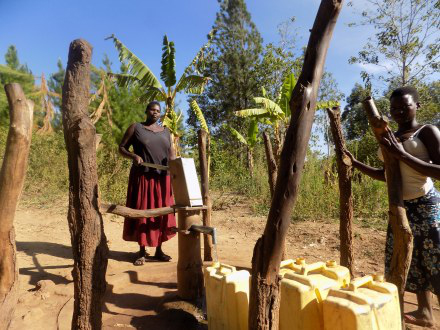
The CO2balance team in Uganda conduct monthly visits to the boreholes to visit the communities, listen to feedback and carry out repairs. In February they met Gloria, who is the caretaker of Aminalucu borehole in Dokolo District, Northern Uganda.
Gloria is 39 and married with 5 children. She lives in Dokolo District – Lango, Northern Uganda and is a water user of Aminalucu Borehole owned by the community and under the maintenance of the CO2balance Uganda Safe Water project. She serves the role of the borehole caretaker on the water user committee and is responsible for the hygiene and use of the borehole by other water users. She lives approximately 100 meters away from the borehole and takes about 30 minutes to collect water adequate to meet their daily domestic water demand. Due to the proximity of the borehole to her household, she collects water 2-3 times a day which serves her entire household for all their basic needs.
Before CO2balance rehabilitated Aminalucu borehole, my children and I used to travel over 4 kilometres to a seasonal open well and would spend a lot of time collecting water, leaving other home duties unattended to. Due to the distance to the only water source we had, we would only make one trip to collect water which was not enough for our family needs’narrates Gloria.

I am using the time saved to offer my labour to farm owners who will pay me as I plan on starting a poultry business with the money saved so that I can generate more income for my family needs. I am also happy with my position as a caretaker of the borehole because it has earned me respect in society and among my friends. With the time saved I am also able to attend water user committee meetings and contribute ideas towards the maintenance of our borehole’ concludes Gloria. At the moment Gloria is a maize farmer and, with the time saved by the borehole project, she’s been able to build a granary for storing the harvested maize.
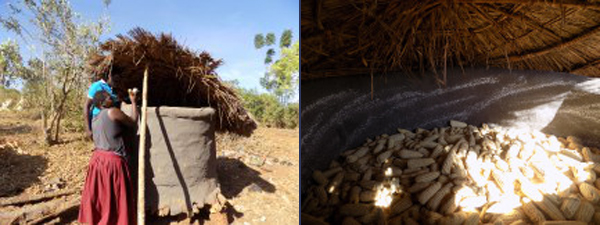
She continues to say:
‘On two separate occasions, I was beaten by my husband for delaying at the well and not making his dinner on time. He did not understand the distance that we had to travel to collect water and later boil this water so that it is safe to use. Also on several occasions, my two daughters had to miss school because they had to accompany me to collect water from the far off open well and since it was a very unsafe trip, we had to set off at around 8am which meant that they had to skip school’
Gloria is happy that now she has enough time to engage in other domestic and productive work like cooking, cleaning, collecting firewood, washing and there is no more domestic violence in their home. Her children are able to attend school and she’s hopeful that they will perform better at school.
The Uganda Safe Water Project offers so much more than clean water. The time saved offers women the opportunity to engage in income-generating, leisure and social activities, as well as serving the community as part of the borehole committee. As mentioned by Gloria, the burden of collecting water is eased for children, who are then able to spend more time in school.
20 January, 2017 | Grace Ayoo
Categories: Safe Water, Uganda
Co2balance as a project developer started borehole rehabilitation in the Lango sub region located in the northern part of Uganda in 2013 with the repair of 41 boreholes spread out in the districts of Alebtong, Otuke, Kole and Dokolo in a bid to provide clean safe water to these communities.
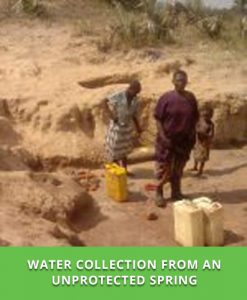

By the end of 2016, in an expansion drive, the number of boreholes rehabilitated rose to 61 with an additional 40 boreholes added in 2016 alone. This has increased access to clean safe water for many households who before the rehabilitation were using unsafe water sources like ponds, open wells among others.
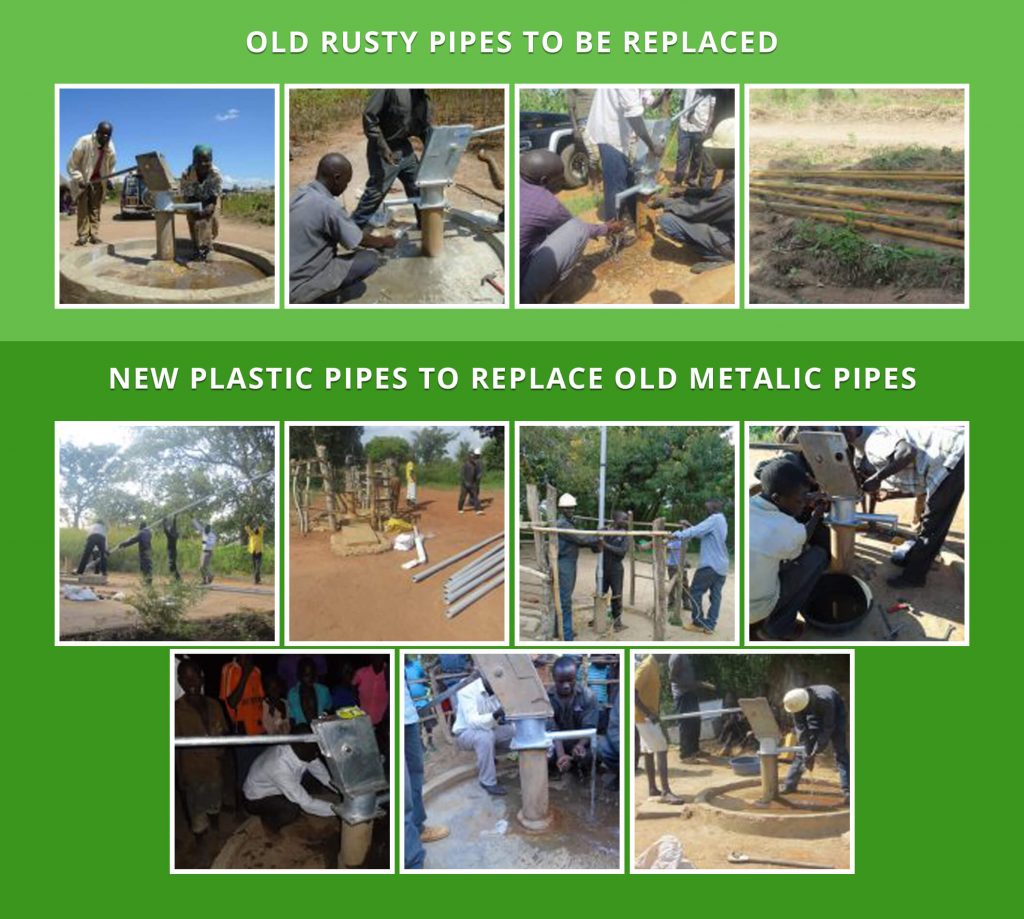
In addition to the borehole rehabilitation, a Water Sanitation and Health (WASH) sensitization was carried out to educate the community on the importance of keeping their environment clean by fencing the borehole, cleaning it, keeping animals and waste away from it and above all maintaining the safe water chain from borehole to domestic storage. These good hygiene practices coupled with the clean water from these boreholes help eradicate waterborne diseases like typhoid, diarrhea, and dysentery and also reduces the risk of cholera outbreaks.
Water quality testing which is a standard procedure and requirement by the national water authorities was carried out in the rehabilitated boreholes since they have not been in use for a while. This was to ensure that the water from these boreholes meet the required standards, pass the set parameters and are suitable for human consumption. All the boreholes tested passed the tests and are therefore safe for the community.
A BIG thank you
